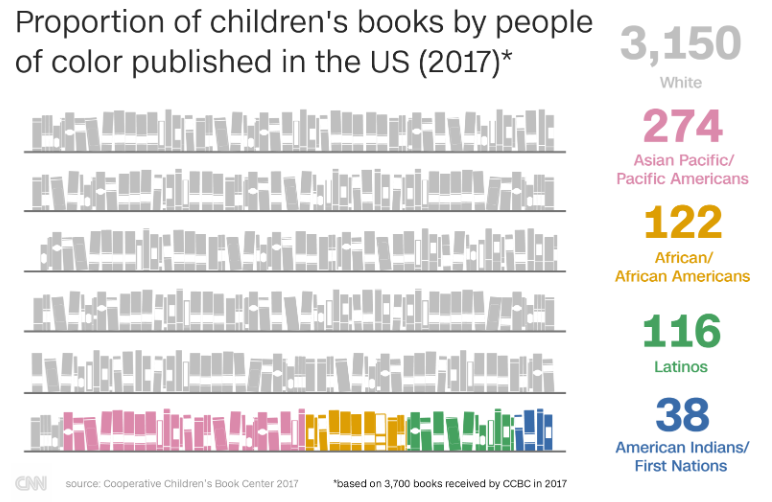Welcome to The Words Alive Reader, a regular newsletter keeping you up-to-date with the latest in how we've been connecting children, teens, and families to the power of reading. What have we been up to and how can you help? Read on to find out!
This newsletter, in addition to our blog and social media content, is written by us, a cohort of volunteers! Do you love writing and have an interest in helping Words Alive create this type of content? We'd love your help! Email to learn more.
- Zoe, Eli and Titiksha, Words Alive Storytelling Team
SNEAK PEEK: 2020 Annual Authors Event!
Text that reads: "Annual Authors Event: Featuring Ayad Akhtar in conversation with Dr. Seth Lerer” above a photo of Ayad and the cover of his book Homeland Elegies
We're so thrilled to announce the author for this year's (virtual) Authors Event & Fundraiser: Pulitzer Prize-winning author and playwright, Ayad Akhtar!
Be on the lookout for an invitation—with links to a very special Authors Auction and Mission Marketplace—coming to your inbox very soon!
Books for Lindsay Community School
A woman holding up books stands next to boxes of books in front of a painting of a woman and the words Lindsay Community School.
We have been working with Lindsay Community School, a school dedicated to helping pregnant and parenting teens, for our entire 20+ year history! We recently donated books to Lindsay and were so happy to receive this wonderful response from Dawn Miller, Head Teacher!
"The girls and their children were THRILLED - what a beautiful collection of books! So exciting to see the students reading with their babies and children...Cannot thank you enough for helping us bring a little bit of joy to our families in these heavy times."
If you would like to support more collaborations like this one, you can donate to Words Alive here!
Hello From Our New Storytelling Intern!
A picture of Zoe.
"Hi everyone! My name is Zoe and I am the Storytelling Intern at Words Alive. I have loved reading for as long as I can remember, and I'm so excited to share that love with others by telling the Words Alive story! If you're reading this newsletter, you have a unique perspective to share on what Words Alive brings to the world, and I want to hear all about it. You can reach me at [email protected]!"
Zoe got involved with Words Alive as a volunteer, like many of you! If you currently volunteer with us, we encourage you to add your volunteer position to your LinkedIn profile. Showcase your leadership skills and help us reach more people at the same time!
#WriteNow
Colorful balls of tissue paper representing emotions spread upward from a gray silhouette of a person in profile.
To help teens cope and connect with current events, we’ve started #WriteNow, a collection of writing prompts that provide inspiration in this difficult time. This week, we challenge teens to write a story in just ten sentences, ask them to think about the emotions they’re dealing with right now, and encourage them to reflect on how they handle conflicts.
Check out our latest prompts:
Now in 9 Languages!
Text that reads: “Help us support literacy in families’ home languages!” above images of literacy resources in Spanish, Arabic, and Haitian Creole.
Words Alive is now providing resources for students and families in 9 different languages: English, Spanish, Farsi, Arabic, Haitian Creole, Burmese, Karen, Amharic, and Portuguese! We want to ensure that we are supporting and providing curriculum to families in their home languages.
Are you interested in helping even more families build healthy reading habits and skill sets? Volunteer as a translator for our Translation Station! To learn more, visit our website.






























